Without adequate preparation, winter can bring about a series of serious plumbing issues to your home. Given the severe temperature drops and storm conditions common in the Greater Toronto Area, it’s key that you consider all of the potential options, and ensure that you’re actively working to mitigate the potential for frozen pipes (and the disasters that follow). Plan a weekend before the cold months arrive to prepare your plumbing for winter, to avoid costly frozen pipes repair.
In this article, we’re going to explore your options for preventing and thawing frozen pipes, so that you’re prepared for comfort through the winter months.
How to Identify Freezing Pipes
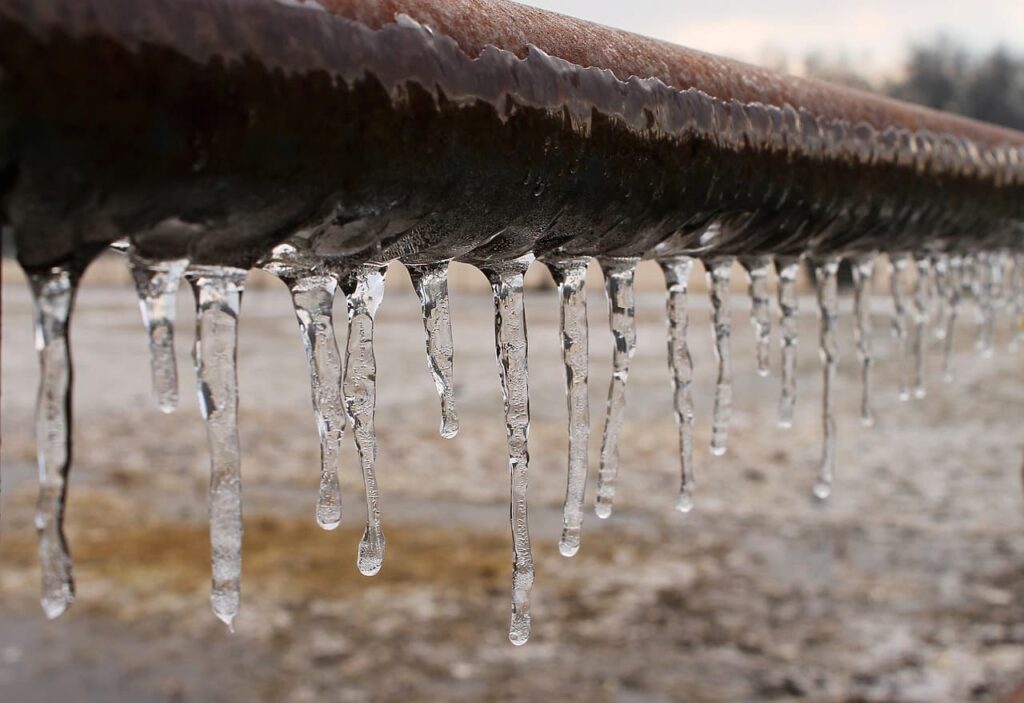
Although frozen water pipes may not always be on the top of your mind, it’s important to check them periodically to ensure that there is no freezing in progress. A typical visual cue that your pipes are freezing will be frost coated around the exterior, alongside bulging in varying areas. That said, not all frozen pipe issues may be visible to the eye, and you should keep an eye out for faucets that don’t flow or toilets that don’t refill.
How to Prepare Your Plumbing From Freezing
In an effort to ensure that you don’t accidentally cause pipe freezing, there are a few preparation steps that can be taken before winter arrives:
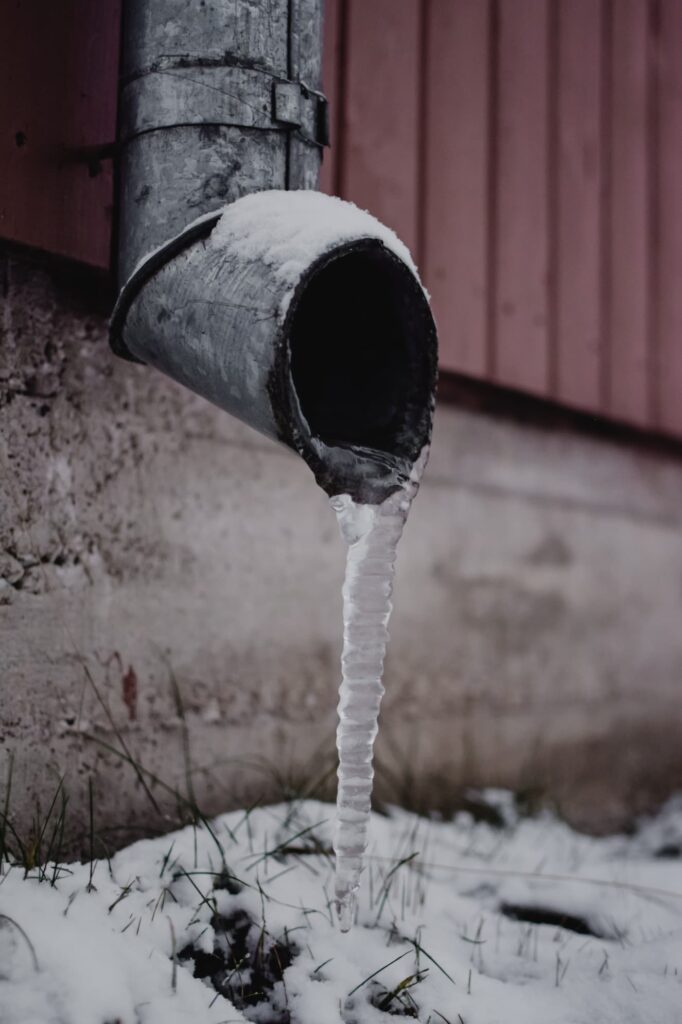
1. Drain Your Exterior Pipes of Excess Water
It’s important to make sure that all exterior pipes are drained of excess water prior to the winter arriving. If not completed, the excess water will freeze and lead to blockage, increasing the odds of pipe-burst.
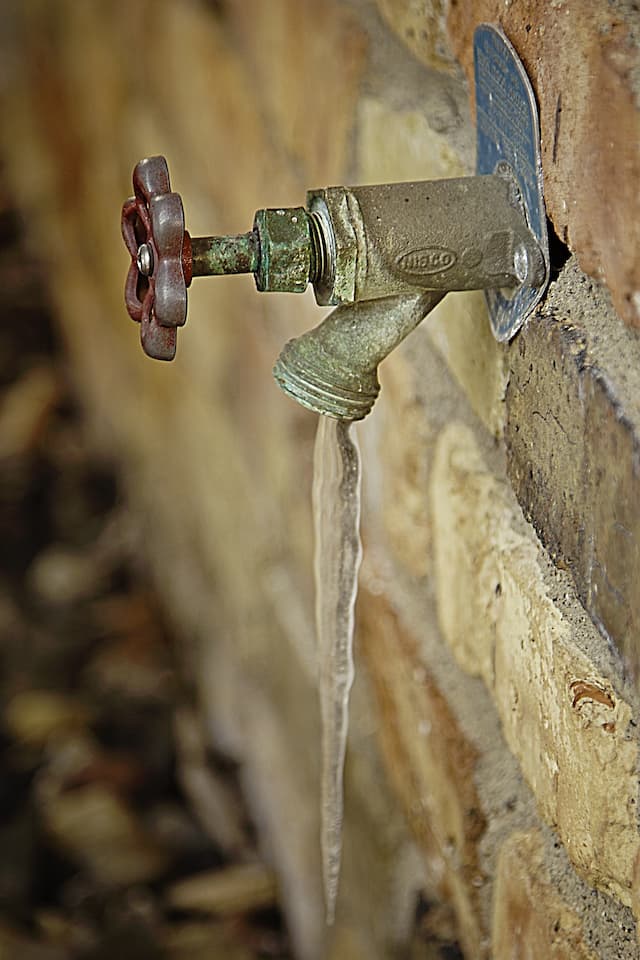
2. Detach Any Exterior Hoses That May Freeze
While you are preparing for winter, don’t forget to detach your exterior hose and store it somewhere safe, If you leave your hose outside during winter, they could freeze and be unusable in the spring.
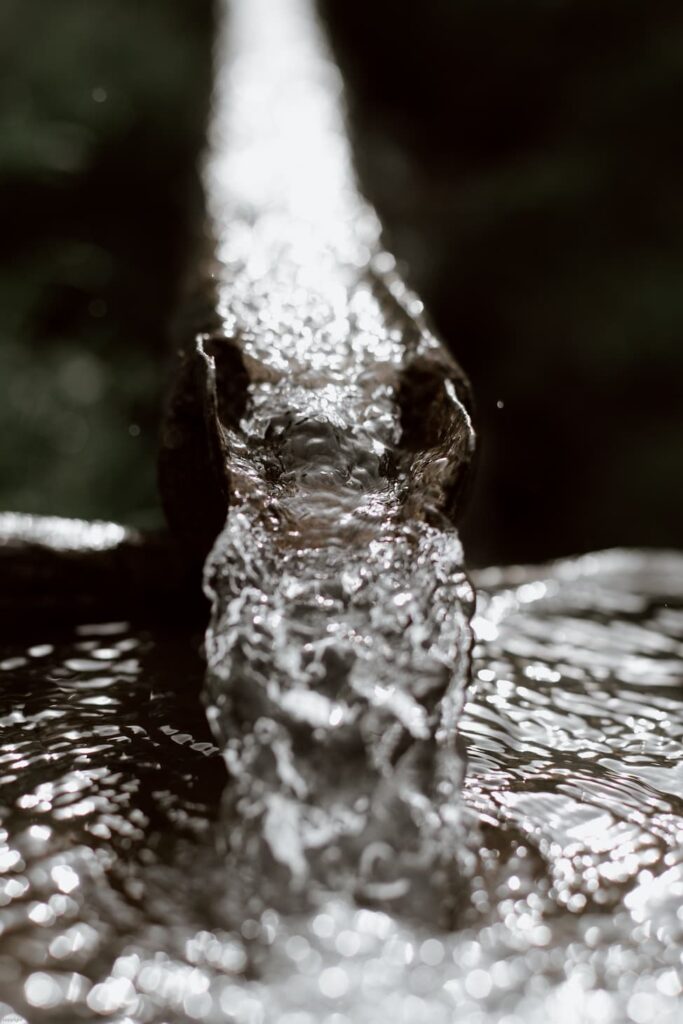
3. Ensure There is Proper Drainage
When the snow begins to melt, it’s important that the water has space to dissipate. Ensure that adequate drainage routes exist to handle the flow. This can include eavestroughs, downspouts and storm drain. Clear these areas to allow for easy water flow when the snow melts and spring showers arrive.
How to Prevent Pipes from Freezing During Winter
Install Pipe Insulation
Assess your pipe insulation needs in the attic and crawl space and install insulation over poorly-protected pipes. You can cover large unprotected areas with foam board as a temporary or permanent solution. Make sure you wear protection gloves and mask when dealing with fiberglass insulation or simply hire professionals to do the job.
Turn Up The Thermostat
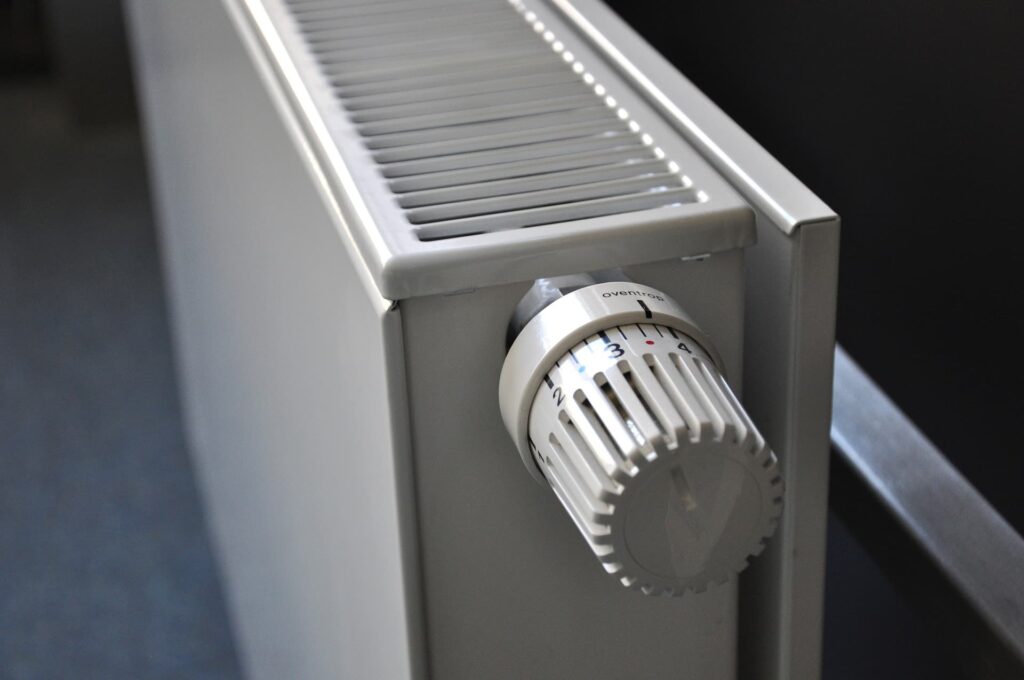
If you live in an old house built over an uninsulated crawl space, it is extremely important to keep the house warm. Increasing the air temperature in the house will project heat energy through the floor into the crawlspace. Insulate the space with foam insulation and block off foundation vents leading to crawl spaces for better effect.
Heat Under the Sink Area
It’s not unusual for pipes running to a kitchen sink to get frozen because of the cold wall it runs along. You can open the cabinet doors to project heat into the space or place an electric heater in front of the cabinets.
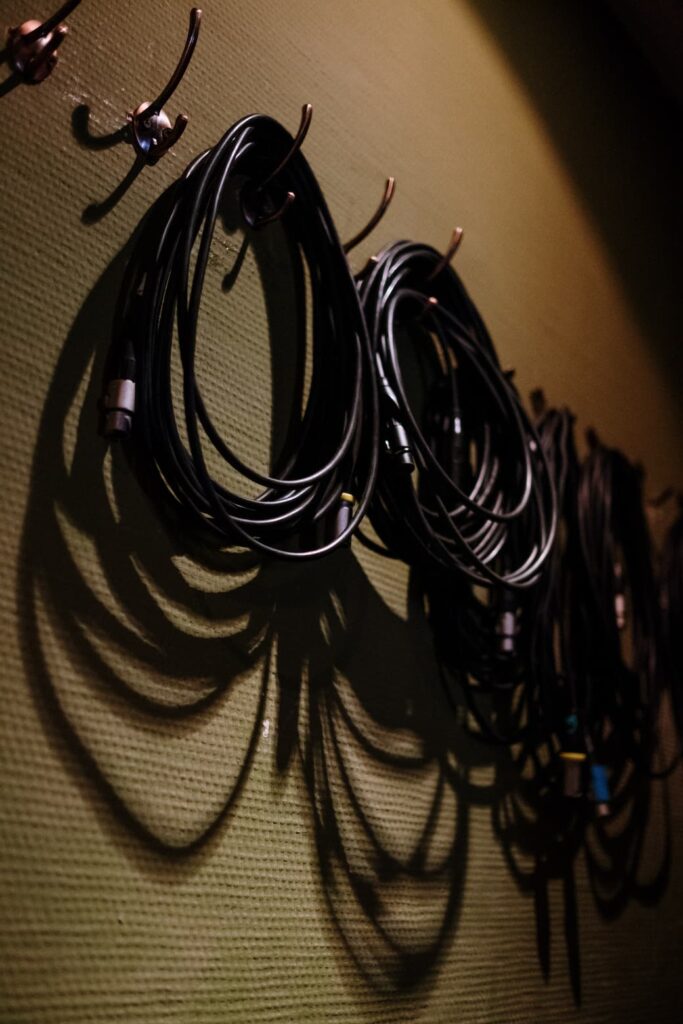
Install A Heating Cable
Heat trace cable is a device designed to keep cold pipes from freezing. It is usually wrapped around the pipe, or may simply run along it. It can be purchased in specific length with a pre-installed power plug, or may come in a roll. Simply install the heating cable on the pipe and connect it to power according to instructions.
How to Thaw Frozen Pipes
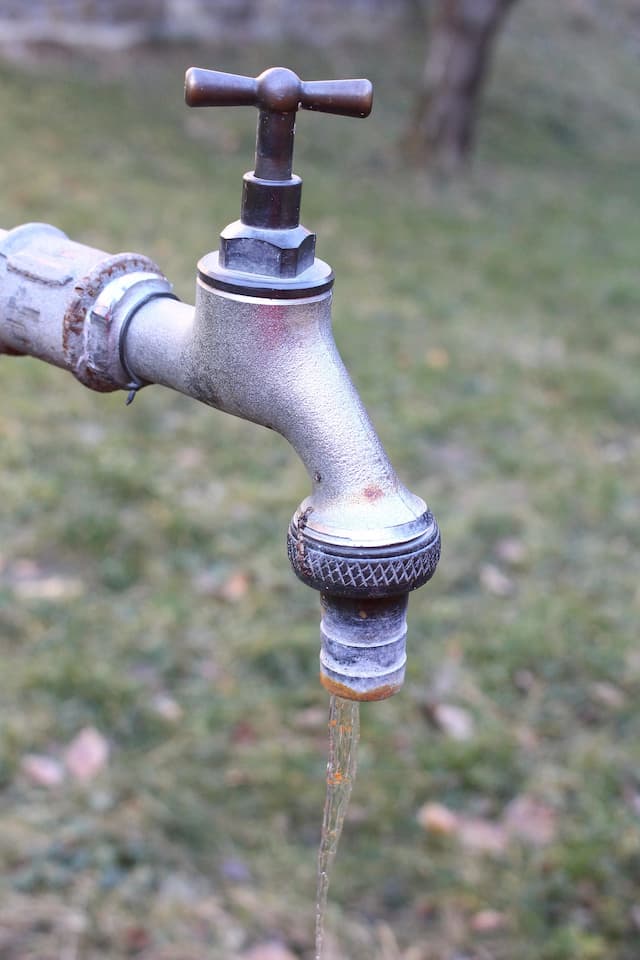
If one or more of the cues mentioned above become visible, you may be wondering how to unfreeze pipes in your home. Before beginning, ensure that you shut off the water supply for that section of the plumbing (or the entire house, if necessary). You should apply a space heater, heat lamp, hair dryer, or other heat source to the frozen area of the pipe, working to heat it up and melt the ice inside. This may take some time to complete, but it’s an important step in removing the blockage. Try to keep a mop and bucket close, as the thawed water may begin to seep through the pipes, depending on how much was actually blocked.
How to Thaw Frozen Pipes in a Wall
If your frozen pipes are located inside of a wall, there are a few tactics you can use to address the problem. To begin, start by shutting off the water source for that area of the plumbing. If you’re comfortable with cutting a hole in the wall to access the frozen pipes, you’ll be fine to then follow the instructions outlined above – using a heat source to thaw them over time. If you aren’t comfortable with cutting the wall, you’ll need to move forward with one of two options:
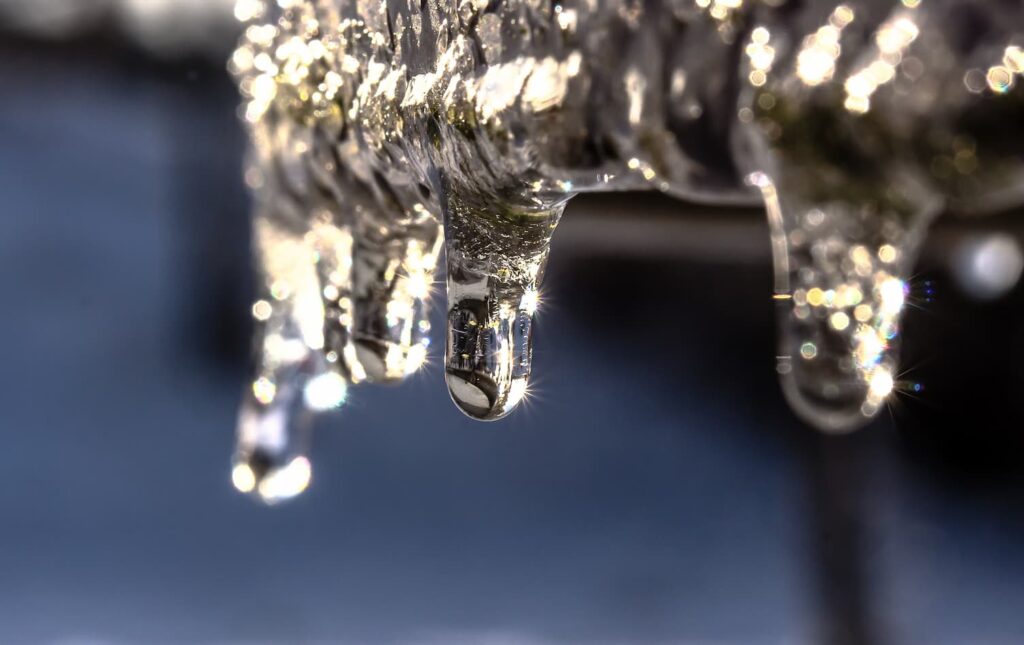
- Increase the furnace temperature and open all closets and cabinets near the frozen pipes
- Position a heater to blow directly into the wall vents located near the frozen pipes.
Although both options may take longer than simply cutting a hole and heating by hand, they will require less clean-up time following the thaw.
How to Thaw Frozen Pipes Outside
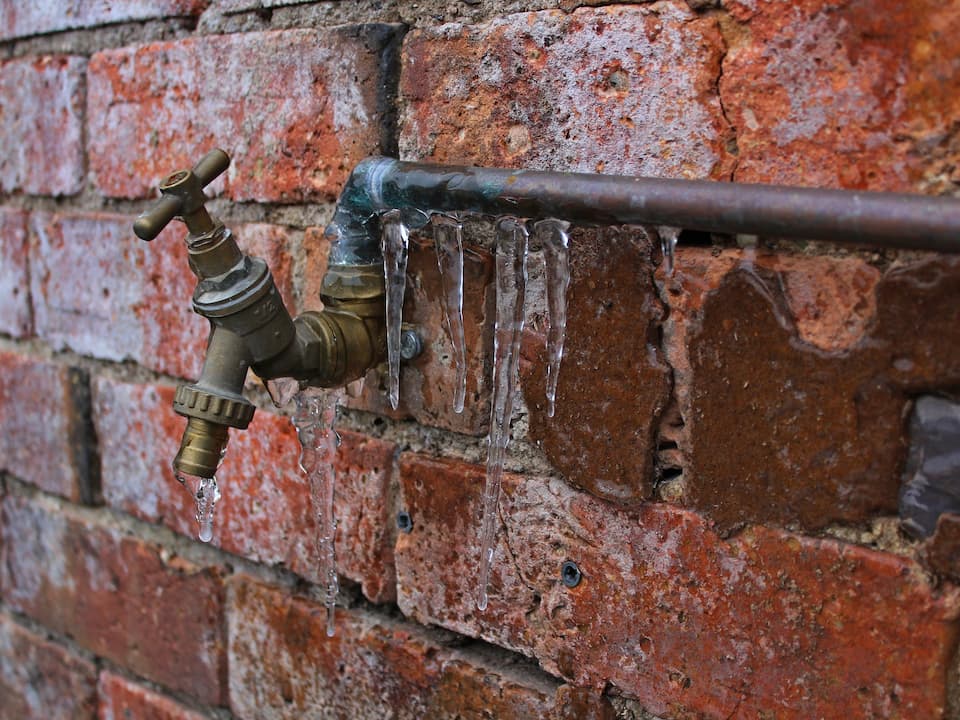
Similar to inside projects, the answer of how to thaw frozen pipes outside will require some care and patience. You can rely on heat tape, hair dryers, and heaters to get the job done in most cases, but be careful when using electrical tools outside – especially when it’s wet. If you’d prefer a more manual option, you can always try wrapping the pipes in towels and pouring boiling water over them. Although this option may take a touch longer than the others, it will be the safest route.
What to Do if A Pipe Bursts

If by chance you are to have a pipe burst inside or outside of your home, there are a series of steps you can take to mitigate the damage. Regardless of where the burst occurs, start by shutting off the water supply. From there, you’ll want to seal the leak (the material and approach used depending heavily on the location & pipe-type), and then proceed to clean up the mess left behind.
Still Need Help?
Plumbing is a complicated matter, and it’s important that you receive expert support you can rely on through even the worst of conditions. For questions about winter preparation, service inquiries, or pricing, contact our team today!

